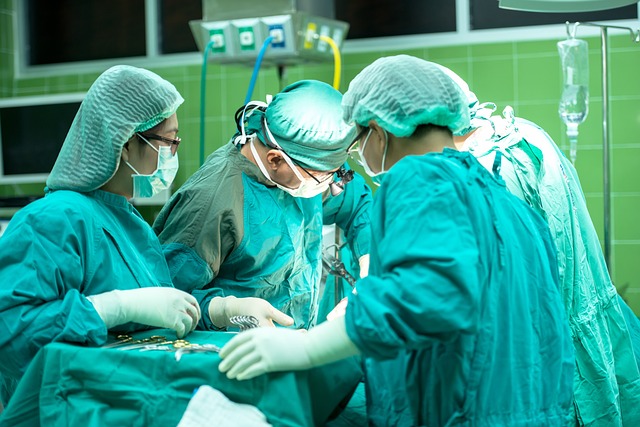Non-invasive localisation of breast lesions for surgical planning
3/27/23
A research group from the Universidad Carlos III de Madrid (UC3M) has participated in the development of a new technique based on medical imaging which makes it possible to non-invasively estimate the location of a tumour in the surgical position required for breast cancer surgery.

To overcome the limitations of preoperative localisation techniques used for the treatment of breast cancer, researchers from the Polytechnic University of Madrid (UPM) and CIBER-BBN – with the collaboration of the Gregorio Marañón General University Hospital, the HM Sanchinarro Hospital and the Universidad Carlos III de Madrid (UC3M) – have developed a new method that makes it possible to determine the location of the tumor in the so-called surgical position, that is, the one that the surgeon needs to know before the surgery. This new technique may provide an alternative or complementary methodology to the current preoperative localisation methods since, unlike them, it doesn’t require prior surgery.
Breast cancer is the most common type of cancer in women worldwide. In 2020, 2.3 million new cases were diagnosed, which represents around a quarter of all cancers in women. Improvements in radiological diagnosis and early detection programmes have increased the identification of non-palpable breast lesions for which the treatment is conservative surgery. The aim of conservative surgery is to remove the tumour and a small margin of tissue around it, to maintain the breast’s overall shape.
Preoperative diagnostic imaging is of limited use as a tool to guide surgery, as images are acquired in very different positions from the position in which surgery is performed. It is therefore necessary to locate hidden breast lesions before surgery. Currently, techniques to locate lesions before surgery have many limitations and involve additional surgery.
In this new study carried out by researchers from UPM and CIBER-BBN’s Biomedical Imaging Technologies BIT group, in collaboration with the Gregorio Marañón General University Hospital, the HM Sanchinarro Hospital in Madrid and UC3M, an alternative or complementary methodology is provided to current preoperative localization methods used in clinical practice using an optical scanner that allows determining the position of the tumor in the position of surgery.
The results obtained using clinical case data demonstrate the possibility of obtaining a precise location of the tumour from a single preoperative image and minimally altering the preoperative protocol.
The developed technique has been implemented for inclusion in a tool capable of presenting the intraoperative scene to the surgeon with three-dimensional models of the surface and the lesion, as well as its projection on the skin. In this way, a quick and intuitive reading of the intraoperative scene can be provided to guide tumour resection. The results are promising and comparable with existing methods which involve significant changes in the preoperative image acquisition protocol.
According to Felicia Alfaro, a UPM researcher participating in the study: “By enabling a new non-invasive way of locating lesions before surgery, future applications of this work can have a significant impact on clinical practice. For example, avoiding additional surgery, reducing the psychological impact for the patient and reducing preoperative protocol costs”.
According to another of the researchers participating in the study, Javier Pascau, from the Universidad Carlos III de Madrid (UC3M), “unlike previous studies in the literature, our method has been validated in a realistic patient population with different characteristics regarding breast size. This new solution offers the surgeon intuitive guidance to locate the tumour, something we hope to improve in the future by introducing visualisation based on augmented reality”.
Bibliographic reference: O. B. Zamora, M. H. Conde, S. Lizarraga, A. Santos, J. Pascau, M. J. Ledesma-Carbayo (2022). Breast Tumor Localization by Prone to Supine Landmark Driven Registration for Surgical Planning, in IEEE Access, vol. 10, pp. 122901-122911, doi: 10.1109/ACCESS.2022.3223658.